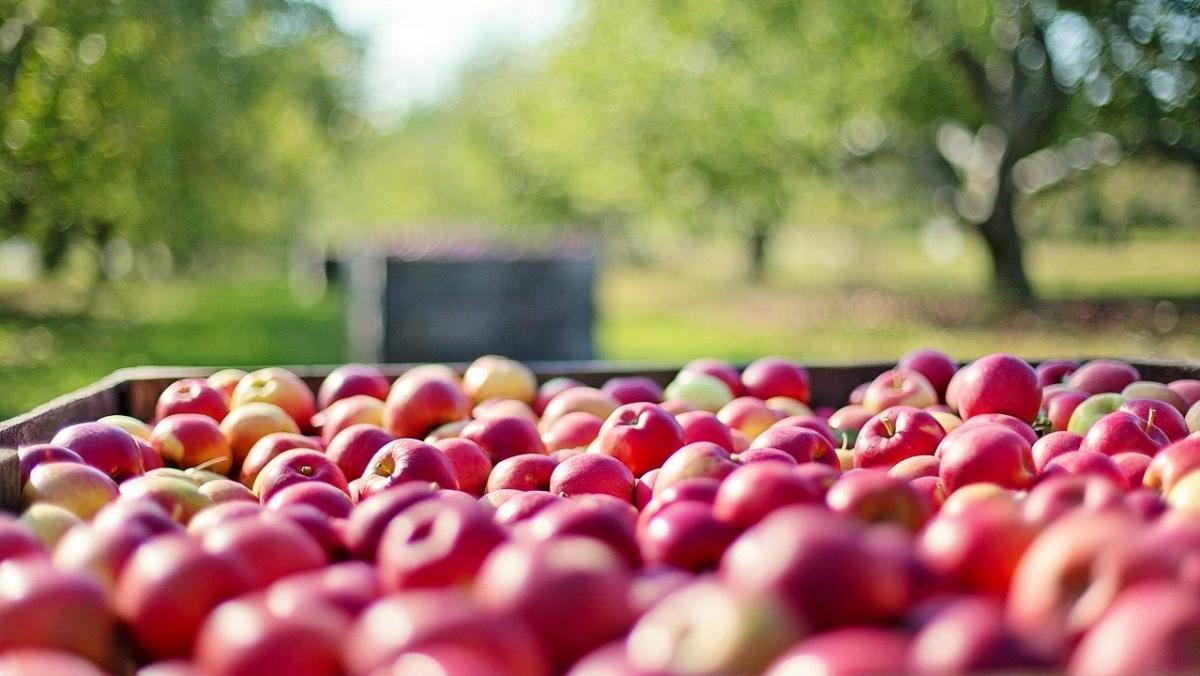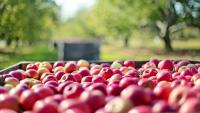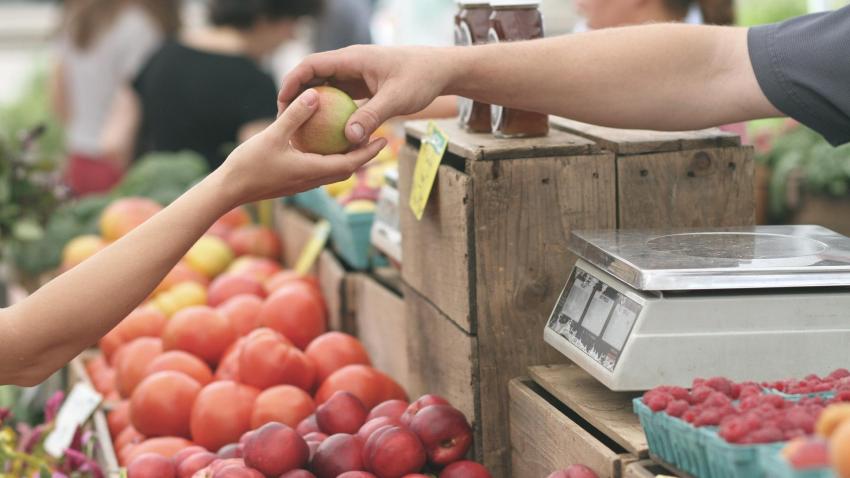You are here
Back to topCalifornian Agriculture Suffers Under the Pandemic

Californian data analysis company ERA Economics recently released a report regarding the effects of the COVID-19 pandemic on California’s agriculture industry. A variety of data was collected and evaluated for the report, including statistics on industry production, exports and prices (as of early May), approximately 15 interviews from across the sector and surveys of over 24 companies. These data were used to analyze the direct effects of the pandemic on 14 representative products. The report concluded that the pandemic has dealt an unprecedented blow to California’s agriculture industry, the effects of which will continue to be felt for years to come.
The pandemic has disrupted California’s agricultural supply chain and export market and caused considerable shifts in the demands of consumers. Retail, packaging and logistics have all been impacted, and numerous food service businesses have been forced to shut down. Meanwhile, consumers are turning to foods with longer shelf lives. The direct losses experienced by California’s agriculture industry as a result of the pandemic are forecast to reach $5.9–8.6 billion, including an estimated $2 billion loss already suffered since the beginning of the year. If indirect losses are included, conservative estimates raise that forecast to roughly $13 billion.
There has been a stark contrast between the effects of the pandemic in different parts of California, with poor and rural communities being hit the hardest economically. The production volume and income of agricultural workers in poor rural communities are especially prone to outside disruption.
Data indicate that the employment rate in California fell by 13.4% in April, leaving 2.4 million workers jobless in the agricultural, processing and manufacturing sectors. The impact was even harsher in rural regions, with unemployment rates ranging from 27% to 81%. Over 94,000 agricultural workers have lost their jobs compared with April 2019. If including food service and retail workers, this number rises to 800,000. The burden on agricultural enterprises has been made heavier by the drop in production rates due to social distancing for employee safety. Sanitation measures, monitoring of personnel and protective measures such as supplying gloves and face masks have added further costs.
Fresh seasonal fruits and vegetables have taken heavy losses, and other agricultural products have also been affected by the sluggish export market. There has been a somewhat higher consumer demand for items with long shelf lives, such as rice and processed tomato products. Some other factors include the reduction in water supply, which has led to higher water costs, and a worker shortage, which has increased labor costs for producers.
The data for this report were collected between late April and May. The aforementioned figures are preliminary estimates; actual outcomes are subject to change based on the trajectory of the pandemic.
Image: Pixabay
This article was translated from Chinese. Read the original article.













Add new comment